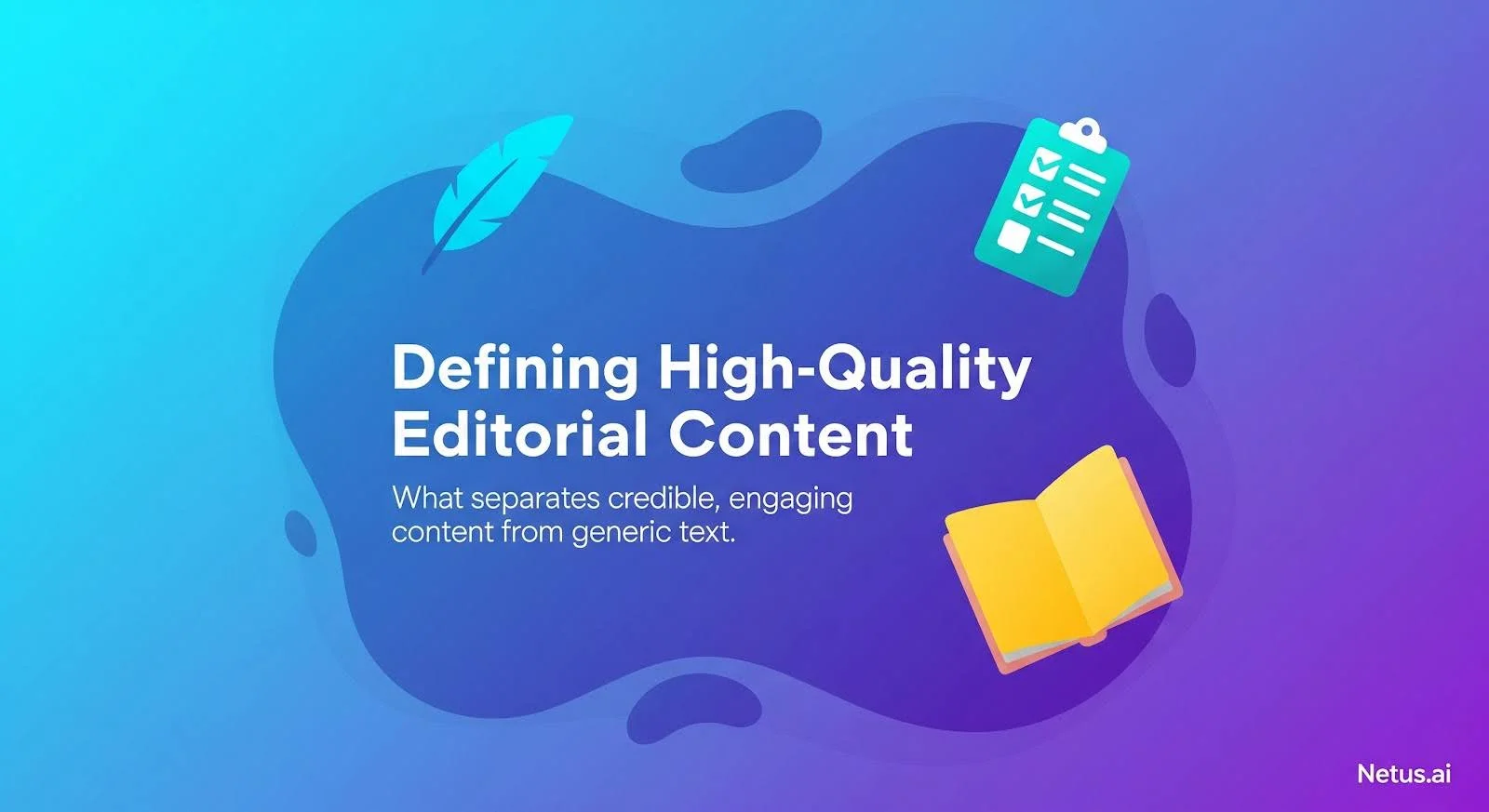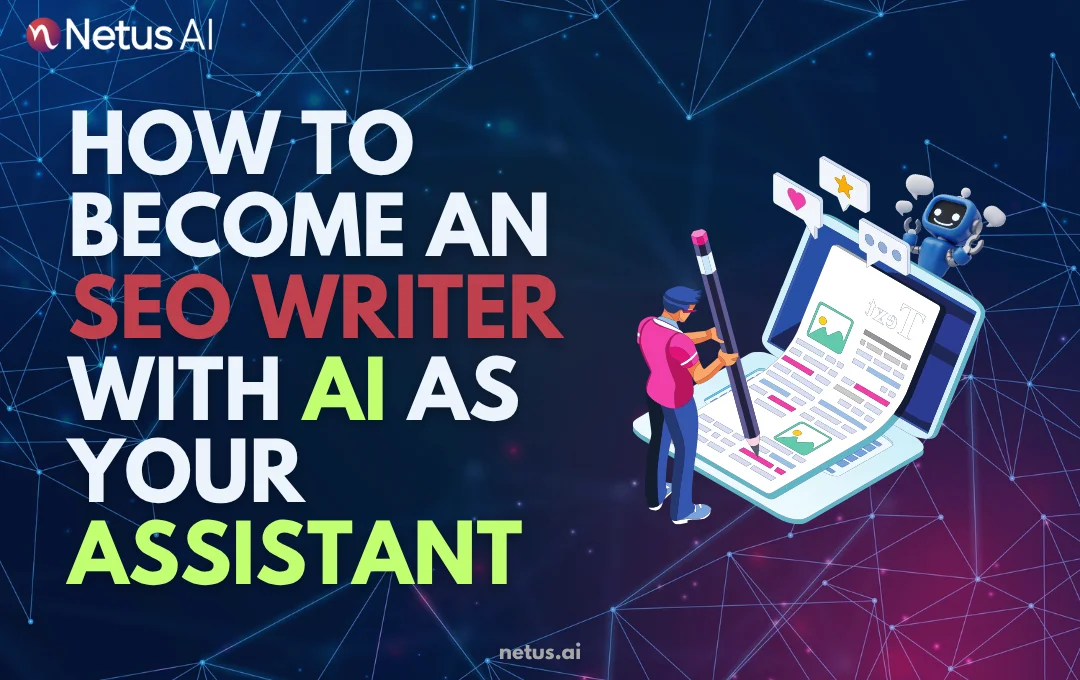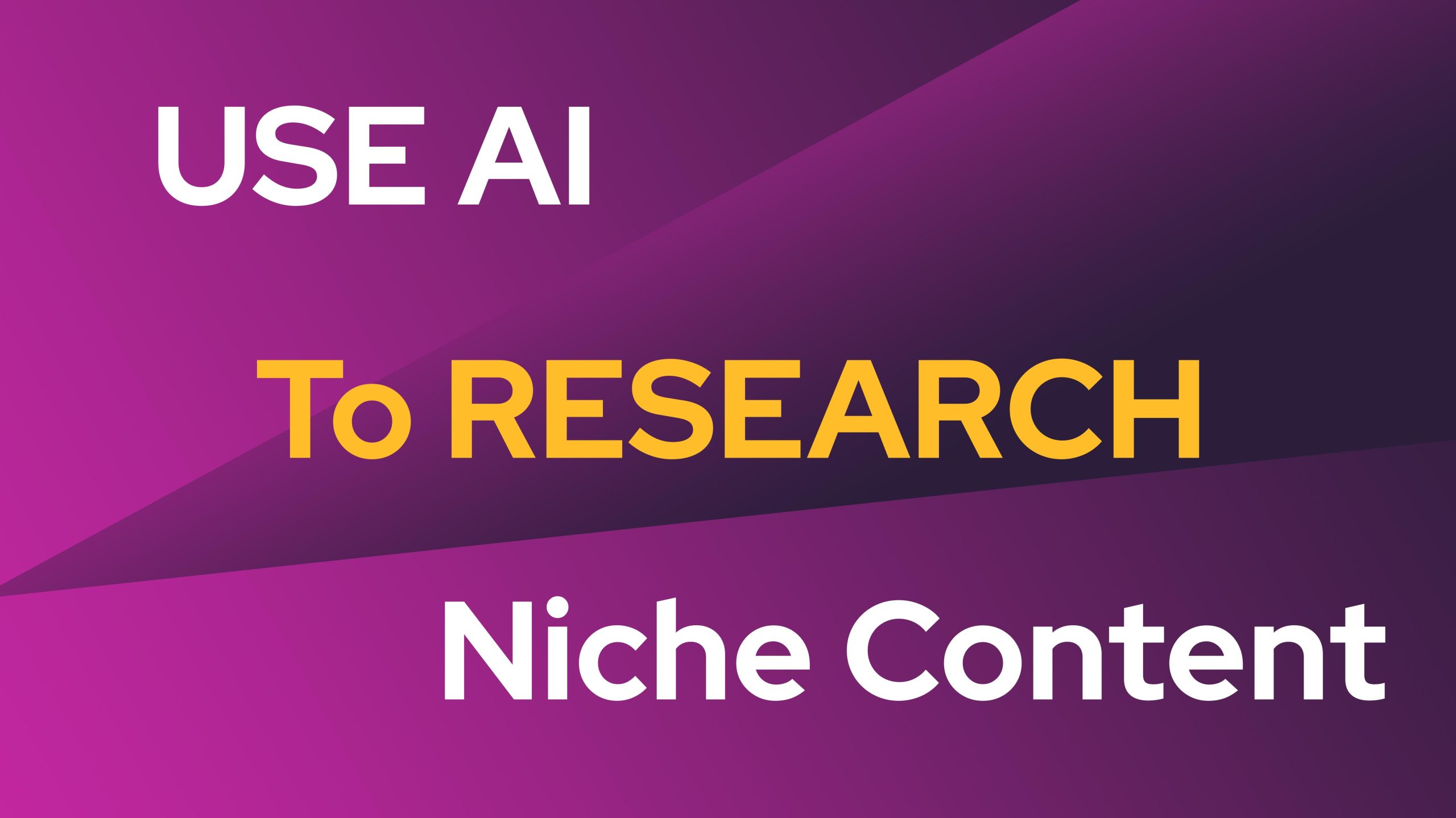Readers instantly recognize compelling editorial content. It captivates, educates and amuses us.
With 1.88 billion websites (2021) and 5.56 billion internet users (2025), identifying high-quality content is a major challenge. Your audience expects and deserves nothing less than exceptional content.
Sharing quality content helps your audience and builds your brand’s reputation as a credible information source.
This article will examine how editorial content can differentiate a brand, foster enduring customer relationships and drive successful, results-oriented content marketing campaigns.
Key takeaways
- Editorial content of high quality prioritizes audience needs over brand promotion.
- Editorial content is crucial for customer engagement and brand building. It fosters short-term customer interaction, consistently nurtures customer relationships and ultimately strengthens brand equity over time.
- Although both editorial and advertorial content aim for the same ultimate goal, they employ distinct approaches.
- Great editorial content consistently features an audience focus, original insights, journalistic integrity and accuracy.
- A successful editorial strategy requires commitment, audience research, a defined content strategy, quality standards and continuous review.
Defining editorial content

Editorial content aims to inform, educate or entertain its audience with relevant and valuable information.
Effective editorial content can vary greatly, ranging from factual to opinionated, serious to humorous and concise to extensive.
Editorial marketing content focuses on audience needs, not direct brand promotion.
Editorial content examples
- Blog posts
- Guides
- Newsletters
- Podcasts
- Videos
- Infographics
- eBooks
- White papers
- Social media posts
An inbound marketing strategy focuses on attracting an audience with useful, relevant content, contrasting with outbound marketing’s promotional approach.
A robust content marketing strategy, especially one built around compelling editorial content, can deliver numerous sales-oriented advantages to a brand.
Key objectives of effective editorials
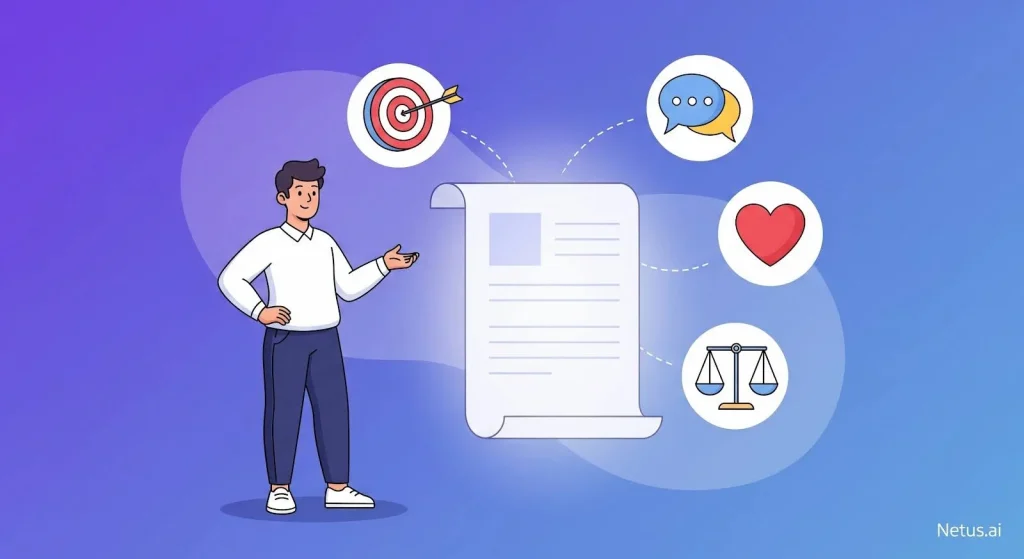
By delivering high-quality, informative and engaging content, you effectively filter through extensive information to provide your audience with precisely what they require.
This approach yields significant benefits for your brand, including:
- Building trust and credibility
- Demonstrating thought leadership
- Engaging the Audience
- Advantages of SEO
- A rise in organic traffic
- Brand equity over the long term
Prioritizing audience needs over promotional messaging naturally leads to strategic benefits like engaged readers and improved search visibility. Both of these outcomes ultimately increase the potential for leads and conversions.
Understanding editorial vs. advertorial content: essential distinctions
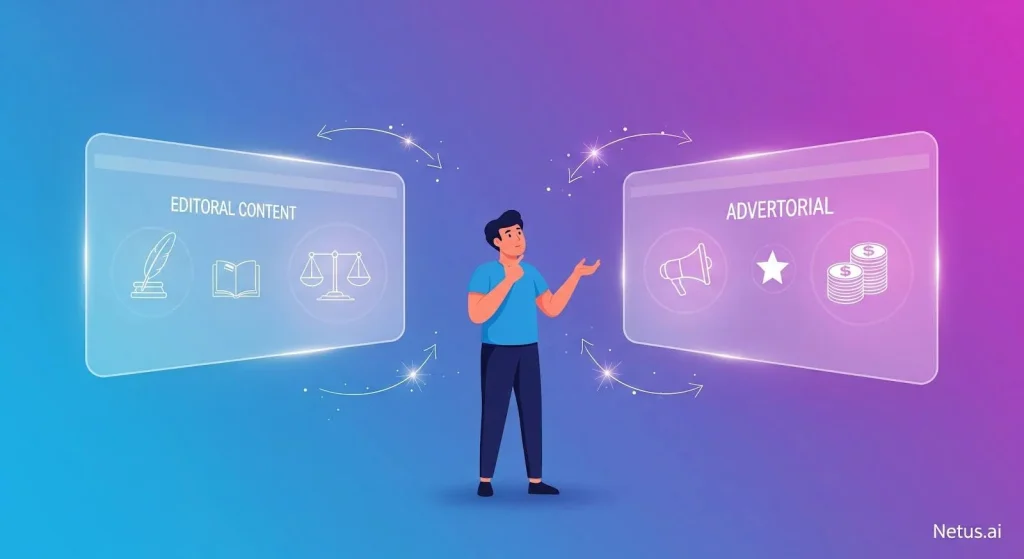
Promotional elements are crucial for any effective marketing strategy, though they typically don’t feature prominently in editorial content.
Advertorial content strikes a balance between promotion and information. It combines promotional messages with helpful, relevant content, positioning itself between a traditional advertisement and purely editorial material.
A strong content marketing strategy requires understanding and applying distinct approaches. Editorial content vs. Advertorial content.
This table details the core distinctions between editorial and advertorial content, specifically examining their objectives, methodologies and benchmarks for success.
| Feature | Editorial content | Advertorial content |
| Primary goal | To inform, educate or entertain the audience. | To drive a specific, sale-oriented action. |
| Focus | Audience needs, pain points and interests. | Product or service benefits, brand promotion. |
| Success metrics | Engagement, trust, audience growth and shares. | Conversions, sales and click-through rates. |
| Tone | Objective, helpful and authoritative. | Persuasive and action-oriented. |
| Content type | Content pillars and clusters built around audience needs. | Closely aligned with campaign messaging. |
| Lifespan | Typically evergreen, offering lasting value. | Short-term, often tied to campaigns or special offers. |
| Distribution | Website/blog, email and social media platforms. | Paid placement, targeted distribution, sponsored content. |
15 Qualities of high-quality published content

High-quality editorial content consistently demonstrates these key traits:
- Audience-focused: We prioritize the needs and interests of our audience over brand-centric messaging.
- Authoritative & credible: we aim to be a trusted source of information.
- Thoroughly researched: all content is backed by comprehensive research and reliable sources.
- Well–evidenced: we support our claims with current and relevant data.
- Insightful: Offering fresh perspectives and unique insights.
- Valuable: Providing distinct advantages over competitors.
- Brand–consistent: maintaining a unified brand voice and personality.
- Professional: Adopting an appropriate tone for the subject and audience.
- Integrity–driven: Demonstrating editorial independence and journalistic honesty.
- Clear: Featuring a straightforward, skimmable structure.
- Readable: Adhering to best practices for readability and accessibility.
- Ethical: Produced with proper attributions and ethical considerations.
- Accurate: Thoroughly fact-checked for correctness.
- Polished: Meticulously edited and proofread.
- Consistent: Maintaining standards across all content types and channels.
Applying these standards will make your editorial content stand out, positioning your brand as a valuable resource.
Boost your brand: A 6-Step editorial content strategy
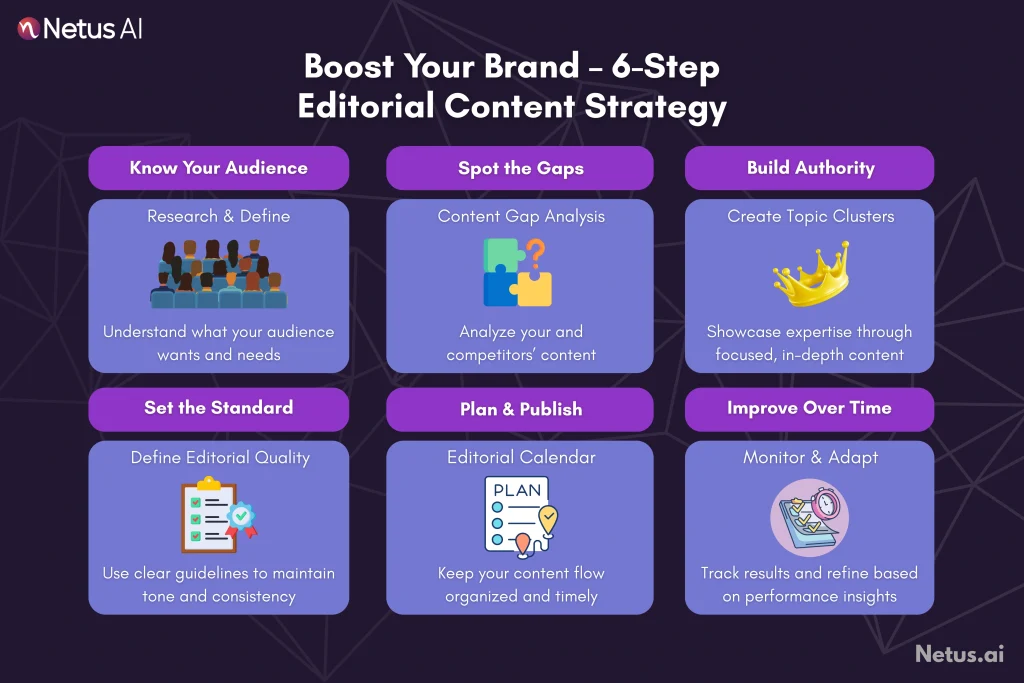
Developing a strategy for high-quality editorial content begins with a firm commitment. This is followed by a process of research, creation, planning and continuous measurement and refinement. These fundamental steps provide a basic framework.
Step 1: Research and define your audience
When creating content, it’s essential to understand your audience. Consider what information they require, the challenges they face and the kind of content that resonates with them.
Step 2: Content gap analysis
Evaluate your current content to identify any gaps and potential opportunities for repurposing. Research competitors to discover what they lack and leverage these omissions to enhance your own content strategy.
Step 3: Establish topical authority
Identify topics that resonate with your audience and showcase your brand’s expertise. To achieve in-depth coverage and enhance brand authority, create topic clusters.
Step 4: Establish quality standards
Provide your editorial team with brand guidelines, a style guide and an editorial content strategy for consistency.
Step 5: Create an editorial calendar
To ensure a steady stream of fresh content for your audience, an editorial content calendar is essential. This tool helps maintain an efficient publishing workflow and establishes a consistent rhythm for your content delivery.
Step 6: Monitor progress and adapt
Plan metrics to connect engagement with marketing strategy and business outcomes. Use these insights to refine content, adjust publishing and evolve your editorial approach.
The indispensable role of editorial content in your content marketing strategy

High-quality, informative content offers both immediate and lasting advantages.
Consistent publishing not only immediately engages your audience but also fosters enduring brand relationships, thanks to valuable and relevant information.
Implementing a high-quality editorial publishing approach is essential to your content strategy. This builds authority, fosters trust and successfully converts casual readers into dedicated customers.
Streamline your editorial process with our AI, Grammar, Plagiarism and Fact Checkers.
How NetusAI enhances editorial content creation
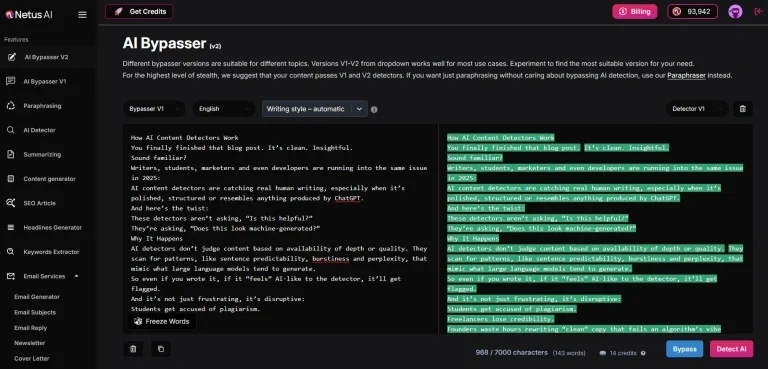
NetusAI offers a comprehensive suite of tools designed to streamline and elevate the creation of high-quality editorial content. By leveraging AI, NetusAI empowers content creators to consistently meet the demanding standards outlined in this article.
Specifically, NetusAI adds value by:
- Promoting Originality: AI Bypasser plays a crucial role in upholding the integrity and originality of content. This is essential for creating insightful and valuable material.
- Streamlining Editorial Workflows: NetusAI automates aspects of content review and refinement, empowering editorial teams to uphold quality standards and ensure consistency across all content. This facilitates efficient content creation and adherence to brand guidelines.
NetusAI is an invaluable tool for brands seeking to implement a high-quality editorial publishing approach. It empowers them to effectively build authority, cultivate trust and transform readers into loyal customers.
Final thoughts
High-quality editorial content is crucial for brands to build trust, establish thought leadership and foster lasting customer relationships.
Brands can stand out in a crowded digital world by focusing on what their audience needs instead of overt self-promotion. This involves upholding accuracy, integrity and insight in their content.
NetusAI simplifies content creation, strengthening your brand and fostering growth. Investing in exceptional editorial content benefits your audience, brand reputation and future success.
FAQs
High-quality editorial content engages, educates and entertains readers by meeting their interests and needs, not by promoting sales. It prioritizes audience needs over brand promotion.
High-quality content differentiates brands, builds trust and drives successful campaigns. It establishes thought leadership, engages audiences, improves SEO, increases organic traffic and builds long-term brand equity.
Examples include blog posts, guides, newsletters, podcasts, videos, infographics, eBooks, white papers and social media posts.
Editorial content informs, educates or entertains with an objective tone, focusing on audience needs and having an evergreen lifespan. Advertorials, while informative, are sales-focused, highlight product benefits persuasively and are often short-term and campaign-driven.
High-quality editorial content is characterized by its audience focus, authority, credibility and thorough research. It is well-evidenced, insightful and valuable, while also being consistent with the brand. Such content is professional, driven by integrity, clear, readable, ethical, accurate, polished and consistent.

